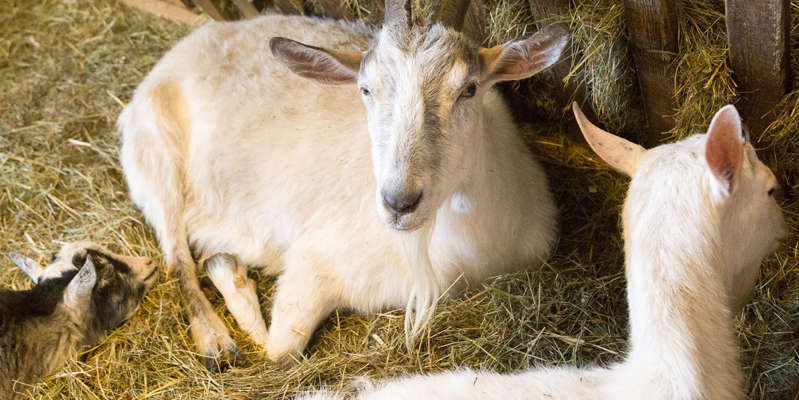
New pandemic could start with goats and pigs
The virus that causes COVID-19 was not the first animal-to-human pathogen, and it certainly won't be the last. Scientists in a new study have assessed the risk of a new pandemic, according to Current Biology.
The results showed that wild animals involved in trade are especially dangerous in this regard. A quarter of these mammals contain 75% of all known zoonotic viruses. But livestock, wild mammals living in the wild, do not lag too far behind.
“It is estimated that international trade leads to more than one billion direct and indirect contacts between wildlife, humans and pets every year,” the authors of the study noted.
Close contact increases the likelihood of animal-borne pathogens, such as viruses, entering humans. Note that the list of diseases that came to the human population from the animal world includes plague, rabies, Ebola, HIV, Middle East respiratory syndrome (MERS) and severe acute respiratory syndrome (SARS), not to mention the new coronavirus infection.
Bats and rodents were thought to be two key sources of zoonotic disease. But primates and ungulates such as goats, cattle, and pigs are actually more dangerous, new research has shown.
Scientists conducted a meta-analysis of data on 226 known zoonotic viruses in more than 800 mammalian species. But this data may be incomplete. Science does not yet know about many viruses. According to preliminary estimates, only in mammals and birds there are 1.7 million undisclosed viruses that are not included in any catalog.
Scientists noted that in order to prevent the risk of new pandemics, it is necessary to limit human contact with wildlife, in particular, take control of the trade in wild animals.
Earlier, British researchers said that a new pandemic could start with hedgehogs. Other garden animals such as rabbits are also at risk.

